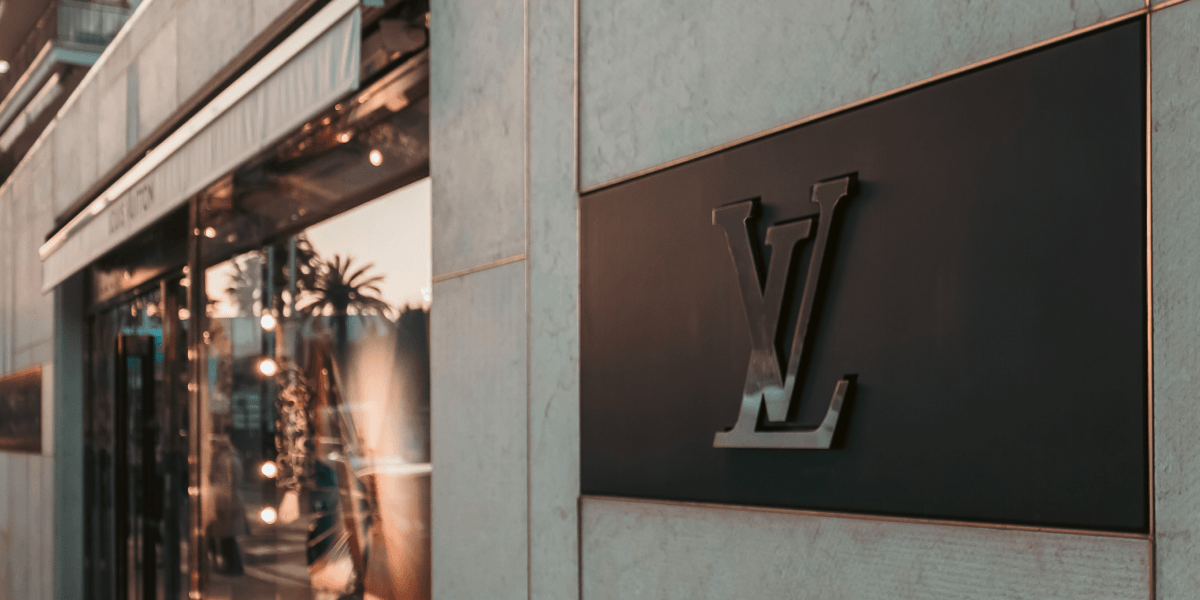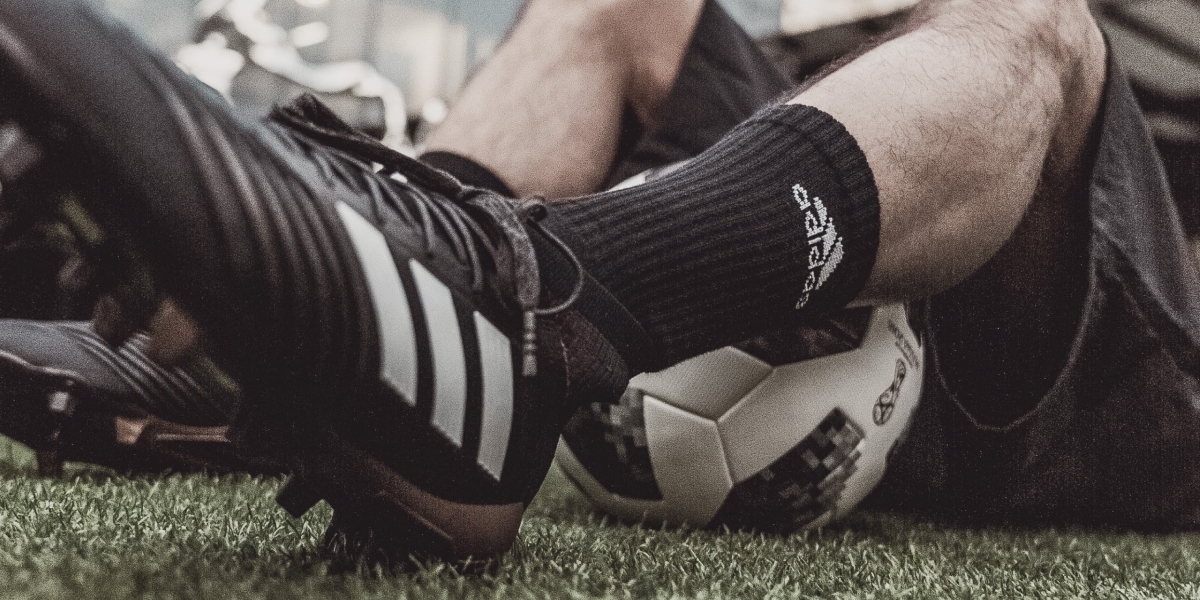
Under the Spotlight Wall St (OTC): LVMH Moët Hennessy (LVMUY)
The world’s most famous luxury brands powerhouse, LVMH, has made its CEO the richest man on Earth. Can its investors hope for a similar fate? Let’s put it Under the Spotlight.

This is an OTC edition of Under the Spotlight. OTC stocks (over-the-counter stocks), are securities that are not listed on a major U.S. exchange but instead listed elsewhere in the world. They can be traded in the U.S. via a broker-dealer network. If you want to learn more, check out our guide to OTC stocks.
Many people think of luxury goods as frivolous vanity items. Others view them as nice treats to buy as self-esteem boosters every once in a while or as special gifts for a significant other or family member. Though these opinions may differ, one thing is for sure: luxury goods command big business, with an estimated revenue of US$337b in 2022 alone. The lion’s share of the industry belongs to LVMH Moët Hennessy ($LVMUY).
Luxury goods manufacturing is a big business with a long history and some well known brands can trace their origins back across several centuries. In fact, two of LVMH’s key brands, the champagne maker Möet & Chandon and cognac producer Hennessy were initially founded before the French Revolution started in 1789. These brands managed to keep their engines running through dozens of different governments and wars.

Heritage turns modern
Even with an outstanding brand reputation, it’s hard for any one firm to always keep ahead of the constantly changing fashions and tastes in the luxury sector. We can easily recall names of brands who survived centuries because it’s no simple feat. Mergers and acquisitions are a common event in the industry, as companies try to diversify their income streams to keep up with the trends.
In 1987, leather goods manufacturer Louis-Vuitton and the spirits and winemaker Möet Hennessy underwent a merger and paved the way for what would eventually become the world’s biggest luxury goods company. This pivotal moment would be orchestrated by Bernard Arnault, a French businessman who previously owned a construction company.
Legend has it that Arnault became interested in the world of luxury goods when on a business trip to the U.S. in the 1970s. While sitting in the back seat of a taxi, he asked the driver if he knew who was the president of France. The driver answered that he only knew one thing about France, and that was Christian Dior. Arnault then realised the power of brands, and began to invest in the sector.

Consolidating power
In 1984, Arnault first acquired a controlling stake in Financière Agache, a holding company for several luxury brands. These included the fashion brands Givenchy and Kenzo. By 1987 he would also be in charge of LVMH. Under his leadership the company would go on a multi-decade shopping spree. Some of the biggest acquisitions were Guerlain (1994), Sephora (1997), Marc Jacobs (1997), Bulgari (2011) and Dior (2017). Fenty Beauty, the cosmetics brand that turned pop singer Rihanna into a billionaire, is also co-owned by LVMH.
LVMH currently owns 75 brands, or as the firm calls them, maisons and has over 5,600 stores worldwide. Majority of the maisons focus on alcoholic beverages, fashion and cosmetics, but the group also owns media companies such as French newspapers Le Parisien and Les Echos. The last group has raised concerns amongst some investors because these ventures tend to be less profitable than the traditional luxury goods labels.
In FY2022, LVMH had record revenues of €79.2b (+23% Year-on-Year) and its highest ever profits of €21.1b, which resulted in a 26.6% operational margin. Despite having sold more than 70 million bottles of champagne, the golden goose continues to be fashion and leather goods. This segment was responsible for 49% of the revenue with an operating margin of 40.6%.
LVMH’s income streams are reasonably geographically diversified. The U.S. remains the company’s biggest market as a single country with 27% of total revenue. Meanwhile Europe makes up 24% of its sales and Asia 37%.

Succession
One of the biggest threats LVMH might face come from a much smaller foe: Hermès International. The company, which owns no subsidiary and accounts only for the namesake brand, has had a 15.89% CAGR on its revenue for the last five years, while LVMH recorded 13.18% for the same period - no small feat for a company worth over $430b. Perhaps the biggest risk for the firm isn’t hidden in one location or in its portfolios, but could emerge as a possible family feud.
Bernard Arnault is known to put family members in charge of his companies and his five children run different branches of LVMH. Delphine and Antoine act as CEOs of Christian Dior, Alexandre is an executive V.P at Tiffany & Co, Frédéric is TAG Heuer’s CEO and Jean runs the marketing and development of Louis Vuitton watches. The siblings may have had a high degree exposure to the luxury market throughout their lives, but that’s no sure way to avoid concerns about nepotism. The practice can quickly lead to poor management and poor performance if the best qualified employees are sidelined to make way for relatives. While LVMH might be considered the world’s most successful family business, its demise could also come from the same source.
This does not constitute financial advice nor a recommendation to invest in the securities listed. The information presented is intended to be of a factual nature only. Past performance is not a reliable indicator of future performance. As always, do your own research and consider seeking financial, legal and taxation advice before investing.

